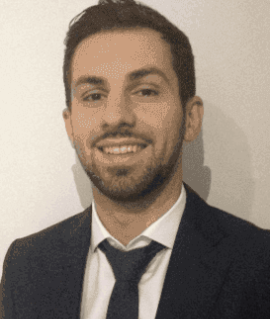Title: Novel Fluoride Re-Chargeable Dental Composites for Early-Stage Caries Prevention
Abstract:
Objective:
To study the uptake and release of fluoride ions repeatedly, from experimental composites incorporating layered double hydroxides (LDH), and determining structural changes in LDH powder, before and after fluoride uptake and after recharging, using powder X-ray diffraction (pXRD) and energy dispersive X-ray spectroscopy (EDS). Maintaining a low therapeutic level of fluoride in the oral environment to prevent early-stage caries is a necessity; dental composites incorporating LDH have the potential to address this.
Methods:
Neat-LDH powder (1g/L) was allowed to absorb fluoride (0.08M sodium fluoride, NaF), and then released (de-ionised water, DW), followed by recharging (0.08M NaF), with each stage for 24hours. Each solution was centrifuged, supernatant removed and the LDH residue was dried (37°C for 24hours) and characterized (pXRD and EDS). Experimental dimethacrylate-based resin discs (control, n=5) and incorporating 10wt% neat-LDH powder (n=5) were charged in 0.1M NaF for 48hours. Fluoride was released in DW (5ml), which
was replaced every 24hours. Samples were recharged (x4) every 72hours in 0.05M NaF (5min), over two weeks. All solutions were maintained at 37°C. Fluoride released was measured using a fluoride ion selective electrode (NICO2000, precision ±2%).
Results:
The incorporation of fluoride in LDH was confirmed with both EDS and XRD, which inferred that fluoride ions replaced chloride ions and an increase in 2θ (XRD pattern [003]-plane), respectively. The latter indicated a reduction in the interlamellar spacing within the LDH structure. LDH increased the amount of fluoride released from composite samples compared to the controls (0.12±0.03ppm and 0.04±0.01, respectively; p<0.05). Fluoride release gradually decreased over three days until further recharging.
Conclusion:
LDH on its own, and incorporated into an experimental composite, has the potential for caries prevention since it is capable of absorbing and releasing an adequate amount of fluoride, repeatedly over time.




